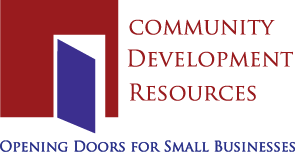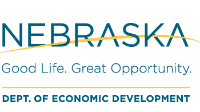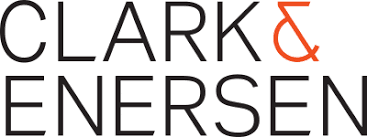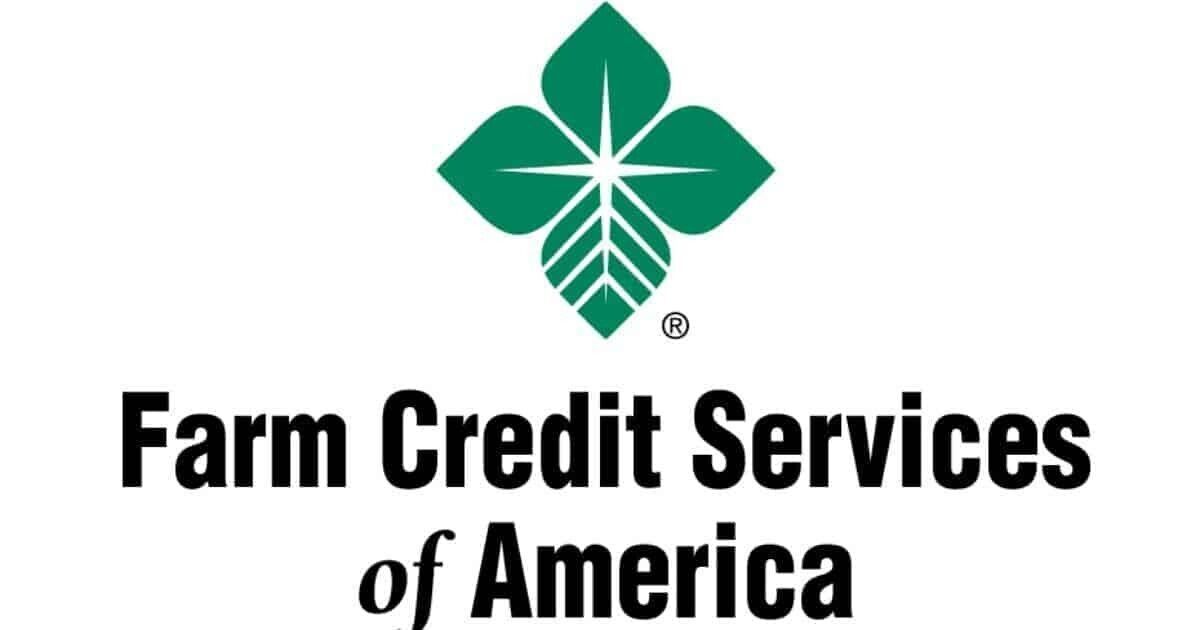Main Street programs give communities a reason to get excited about their downtowns!
The Main Street program isn't just about visible change, but tangible real change. You can see that in the vibrancy of our entrepreneurs and their businesses, the buildings that have been brought back to life, the public spaces that have been improved, and the sense of place that has been created through the teamwork between volunteers and local governments trained in the Main Street Approach™
Nebraska's Main Street program has been in existence since 1994 established with a grant from the Lied Foundation with partnering state agencies including the Nebraska Department of Economic Development, Nebraska Department of Roads, the Nebraska State Historical Society, and the University of Nebraska College of Architecture. In 2013, the Nebraska Main Street Network, Inc. was established as a non-profit to take over the responsibilities of the program and serve as the state coordinator for Nebraska’s nationally accredited Main Street program.
The Main Street program is nationwide and designed to educate communities about place based downtown revitalization using historic preservation as the foundation. Communities that establish Main Street programs experience increased business and job creation, investment in public and private assets, and a positive energy. Local Main Street programs leverage their own private investment and capitalize on the unique appeal of traditional commercial business districts for their success. The result is one of the most powerful economic revitalization strategies in the nation. The Nebraska Main Street Network is dedicated to coordinating resources, providing guidance and education to communities across the state so they have the skills and support to revitalize their traditional commercial business districts.
We provide programming and services to communities including:
- Offering official Main Street America designation to communities that apply and meet the criteria
- Main Street director orientation and professional development
- Local site visits to help the community develop strategies to tackle comprehensive downtown revitalization and business district management
- Design and historic preservation assistance
- Specialized training and information on topics specific to downtown revitalization
- Education about State and Federal programs, public and private sector grants, and loans
- Facilitating partnerships for designated Main Street communities and other business districts
- Opportunities for networking and learning between communities
What do successful Main Street programs do?
Main Street programs are more than fixing up buildings or building streetscapes. They’re about forming connections between people through social interaction and business development. The human connections play the biggest role in downtown revitalization. When a community puts people first, good design follows.
To achieve successful downtown revitalization, communities need to create people centered places. Too many communities focus on physical improvements and wonder why their downtown still lacks vibrancy real economic success.
1. Support innovation & entrepreneurship to increase the economic and social diversity of downtown while also increasing value and revenue
- Facilitate business engagement—build collaborations and networking, coordinate business to business interaction
- Support real estate development & community initiated development
- Encourage angel investments and develop small grants for targeted businesses in specific sectors
- Serve as an information resource
- Provide education & training opportunities for businesses
- Cultivate local talents to provide goods & services to help businesses
- Coordinate mentoring and support programming for business retention (including business transition)
- Work closely with community colleges & universities
- Support entrepreneurship education in the schools (w/real life applications downtown)
- Showcase businesses and share them with the world
2. Invest in human capital through volunteerism, leadership, building relationships inside & outside the community, supporting each other, financial support for people to build their skills—downtown revitalization is just as much about investing in people and learning downtown revitalization and management skills as it is investing in fixing up buildings and investing in businesses
- Facilitate learning opportunities for the community
- Young professionals groups
- Internships and opportunities for youth to work in businesses or create tools for the community to use
- Establish funds to help community members learn a new skill they can bring back to the community
3. Change attitudes and building a sense of place through design and improving the physical condition of the public and private spaces in downtown
- Public spaces, streets and sidewalks—active and safe landscape & streetscape
- Pedestrian safety and amenities—attractiveness and comfort
- Buildings and businesses (inside and out)—functional and attractive; window displays, signage, interior design, merchandise displays
- Public buildings--setting the example for others to follow
- Accessibility (ADA)
- Places and opportunities for social interaction—creating a distinctive destination
- Ease of navigation--not everyone visiting your town is from there--maps, wayfinding, providing physical addresses not just place names
4. Focus on building social capital and civic engagement
- To change community attitudes and behavior
- To change the attitudes of business owners, employees, and community members
- To make downtown a fun place that is active and welcoming—word of mouth is still the best form of advertising—if one person likes a place and tells others….
- Engaged community members and a shared vision for the future
- Communication, communication, communication!
- Opportunities for social interaction/sharing of ideas and solutions and building networks within the community
- Youth engagement (not “free labor” for projects, but real community decision-making and projects that they plan, choose and implement
5. Commit to the Main Street Program and actively participate in the Nebraska Main Street Network and Main Street America and get things done!













